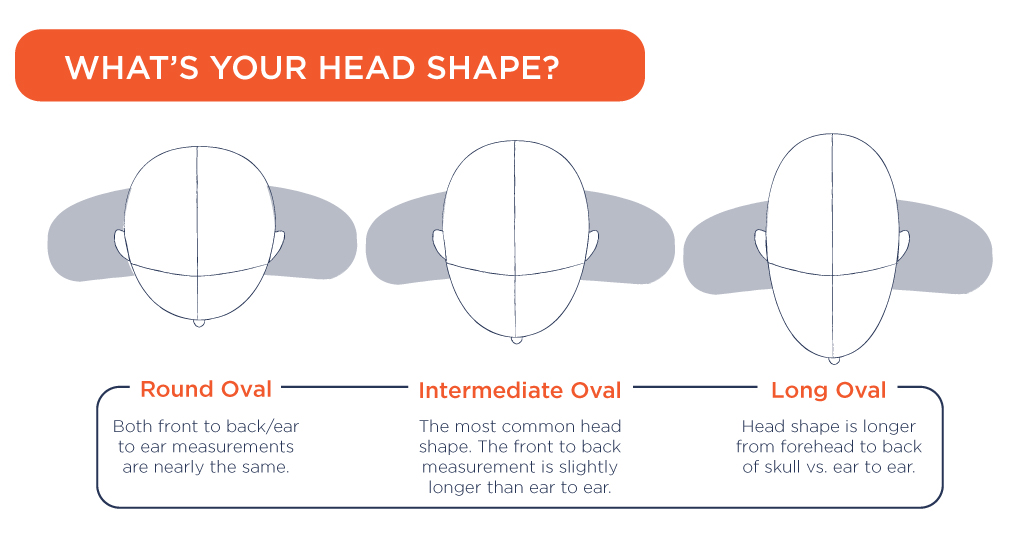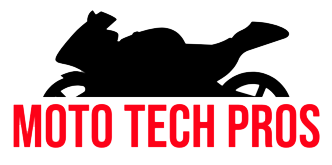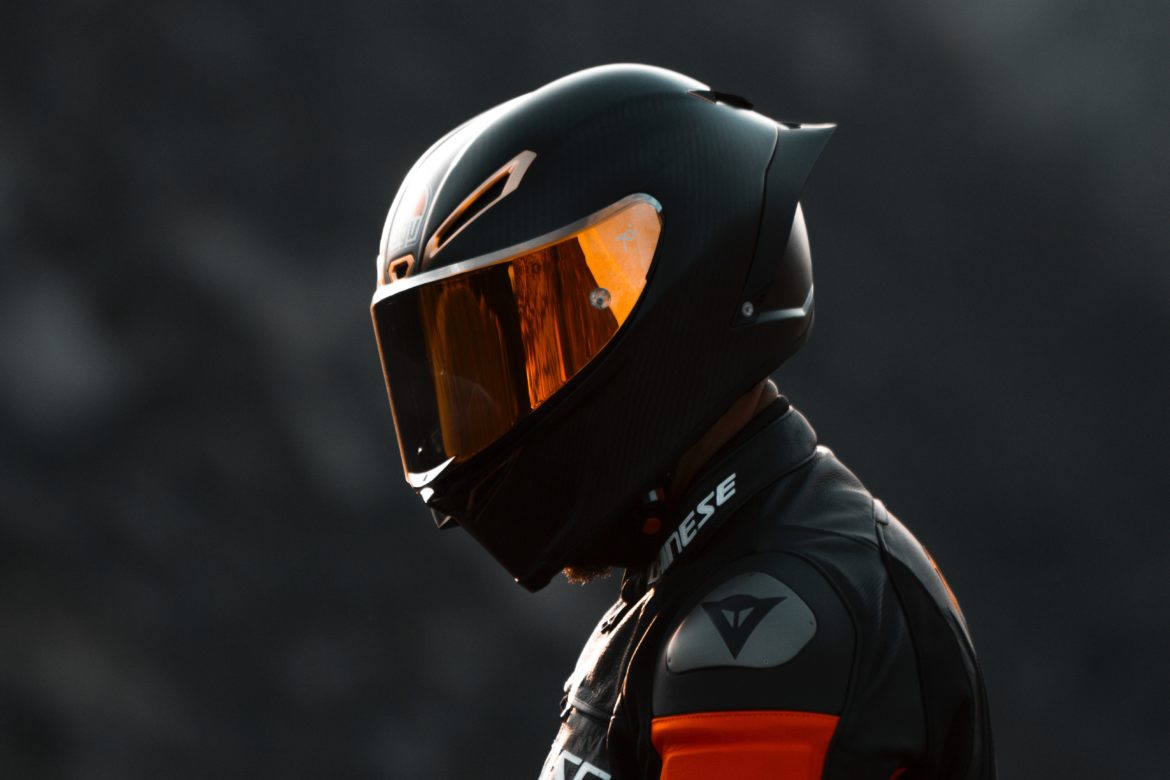As a motorcycle enthusiast, investing in a good quality helmet is a must, but making sure it fits correctly is equally just as important. Ill-fitting helmets cause discomfort and pose a major safety risk. A motorcycle helmet that is too loose can move around and obstruct your vision, fracture under impact, or come off completely in an accident.
Ideally, you should try to buy the best fitting helmet you can. Just like a pair of new shoes, your new motorcycle helmet will need to be broken in and small adjustments can be made to get that perfect fit. Here we will discuss all the tips and tricks on how to make a motorcycle helmet fit better.
Choosing The Best Motorcycle Helmet For Your Head Shape
There are three main helmet shapes, so it’s important to know your head shape when you’re buying a helmet. Having the wrong shaped helmet could be the reason why your helmet just won’t fit properly no matter what you do.
Keep in mind some manufacturers design their helmets mostly in certain shapes. Here is a good guideline, but to be certain, have your head measured properly in a reputable store.
Round Oval
A round oval head shape is almost completely round with a slightly longer side to side and shorter front to back. There is a bit of space at the top of the head. Arai helmets pride themselves on their designs having a major focus on head shapes to ensure that perfect fit.
They also take the lead in designing helmets with the round oval shape in mind. If this is your shape, I recommend you try an Arai helmet such as the Arai Regent-X.
Intermediate Oval
The intermediate oval head shape is the most common, which is longer at the front and back and becomes slightly narrower at the sides. One of the most popular motorcycle helmet manufacturers is Shoei who is well-known for designing its helmets with an intermediate oval head shape.
If this is your head shape, I suggest you first test out the Shoei RF-1400 and other similar Shoei models to get the best fit.
Long Oval
The long oval head shape is similar to the shape of an egg. It is longer on the front and back, wide in the middle, and becomes narrower at the temples and chin. The most highly recommended brand for this shape is AGV who has the widest selection of long oval motorcycle helmets. I recommend checking out the AGV K-1 as a great starting point to finding the correct long oval motorcycle helmet.

Things To Consider When Choosing A Motorcycle Helmet
Now you know the correct shaped helmet you need, you might also be wondering how tight should a motorcycle helmet fit? Simply put, it should be tight. Not so tight that you are in pain and suffering from headaches, but tight enough that it firmly encases your face and head and won’t budge at high speeds. If yours is just a little loose, there are a few things you can do to make your motorcycle helmet fit tighter.
Making sure you have the right size helmet, checking if the cheek pads fit firmly, the chin strap is tight, and that you have positioned the helmet correctly on your head will greatly improve the fit of your motorcycle helmet. Make sure you check all these elements when buying a new helmet. It’s a good idea to wear the helmet for at least 10 minutes to see how it feels before making a decision.
Helmet Size
Most motorcycle helmets will come in a variety of shell sizes, e.g., S, M, L, XL. Better quality helmets usually offer more shell sizes, which will provide a more customized fit. Use a soft measuring tape and measure around the crown of your head, just above your eyes. Compare your measurement with each individual manufacturer’s size chart as this can vary. This will give you a starting point as to what size helmets to try on first.
Cheek Pads
Cheek pads are the soft padding attached to the inside of the helmet designed to provide support and comfort. Assessing the fit of the cheek pads is a great way to determine if the motorcycle helmet is a good fit. They should be aligned with your cheekbones and fit quite firmly. They should be pressing against your cheeks, giving a chipmunk-like effect and making it slightly difficult to chew.
Some helmets allow the cheek pads to be changed, which can be a useful way to adjust the internal fit of the helmet by a few millimeters. Make sure they are in perfect condition when buying a new helmet as they do tend to suffer from wear and tear over time.
Chin Strap
Don’t forget to tighten the chinstrap when trying on a helmet. It should be tight enough so that when you open your mouth wide, the top of your head is pressing against the top of the helmet. You should only be able to fit one finger between the strap and your chin.
Helmet Position
A great-fitting motorcycle helmet also needs to be positioned correctly on your head. Incorrectly positioned helmets can be uncomfortable and even dangerous as they can move around and obstruct your vision in high winds.
Your helmet should be sitting low on your forehead, just an inch above your eyebrows. It should be sitting firmly against the cheeks and all contact points fitting snuggly. Try inserting your forehead first when putting on a helmet to find the correct positioning.

How To Make A Motorcycle Helmet Fit Better (Tips For Comfort & Safety)
We want to make sure our motorcycle helmet fits correctly as both a comfort and safety measure. Both are equally important to ensure an enjoyable and safe ride. If your helmet is uncomfortable, your overall riding experience will be negatively affected.
In addition, if your helmet is ill-fitting, this can prove as a major safety concern. Here are some measures to guarantee comfort and safety if your motorcycle helmet is too tight or too loose.
Motorcycle Helmet Too Tight
Having a motorcycle helmet that fits too tightly can cause pain and headaches. This acts as a major distraction, which is undesirable on the roads. We want all contact areas around the head to be supported with a firm fit but not so much that they are causing pain and discomfort.
If you are in pain and notice you have reddened areas across your forehead and ears, your helmet may be too tight. Here are a few ways to make a motorcycle helmet fit looser.
Motorcycle Helmet Too Loose (How To Make A Motorcycle Helmet Fit Tighter)
A motorcycle helmet that is too loose is not only annoying as it moves around at high speeds, but it’s also a major safety hazard. Imagine your head encapsulated inside your helmet. It needs to be firmly supported in the unfortunate event of an accident. Any unwanted movement inside the helmet could prove fatal.
Motorcycle helmets are designed to fit tightly to provide the support needed upon impact. If your helmet feels just a little bit too loose, try these methods to increase support. However, if there is any extra movement, you need to upgrade to a better-fitting helmet. Here are a few temporary fixes to increase support.

Motorcycle Helmet Break-In (Tips & Tricks For Riding Comfort)
I have briefly discussed the need to break in a new motorcycle helmet as you want it to be fairly tight when you first buy it. I strongly recommend you insist on trying on a new helmet in store for at least 10-20 minutes. This will give you a rough idea of how it will feel with prolonged wear before you make your purchase.
Once at home, you will need to properly break in a new motorcycle helmet. Just like a pair of leather boots, you need to stretch and mold the internal padding to fit your face and head. I usually like to wear a new motorcycle helmet for 1-2 hours before taking it out on the roads.
Try completing mundane tasks around the house such as vacuuming the floor or washing the dishes.

This will give a good indication of any adjustments that you need to make, whether an area is too tight, or if there is any unwanted movement. Move around at different angles and heights to check if the motorcycle helmet slides around on your head at all.
It is much better to discover and resolve these issues before you are out on your riding your motorcycle at high speeds. Some articles may advise you to forcibly stretch out a new helmet, but I strongly advise against this as it can damage the integrity and reduce the effectiveness of your motorcycle helmet.
People Also Ask (FAQs)
Should a motorcycle helmet fit tight?
Yes, a motorcycle helmet should be tight. Not so tight that you have pain or redness on pressure points, but tight enough that it doesn’t move around on your head.
Are motorcycle helmets supposed to squeeze your cheeks?
The internal cheek pads are designed to support the face and jaw and should gently squeeze the cheeks, giving a chipmunk look and making it slightly uncomfortable to chew. Check to see whether you can exchange your cheek pads if yours are too tight, loose, or need replacing.
How do I adjust my motorcycle helmet?
Start by inserting your forehead first into the helmet instead of your whole head all at once. The helmet should be sitting low on your forehead, just an inch above your eyebrow. In addition, most helmets now come with a double D-ring strap.
To fasten it, first, insert the right strap into the D-ring buckle. Then turn the strap around and insert it through the second ring. Lastly, pull down tight toward the right side.
How tight should a motorcycle helmet chin strap be?
You should only be able to fit 1 finger at most between your chin and the strap. The top of your head should be sitting firmly against the top of the helmet.
Conclusion
So now you know all the tips and tricks on how to make a motorcycle helmet fit better. But remember, if your helmet still feels a bit off, it’s always best to upgrade and find the best fitting motorcycle helmet you can. While this might seem like a costly investment, ultimately it could save your life. Happy riding!

